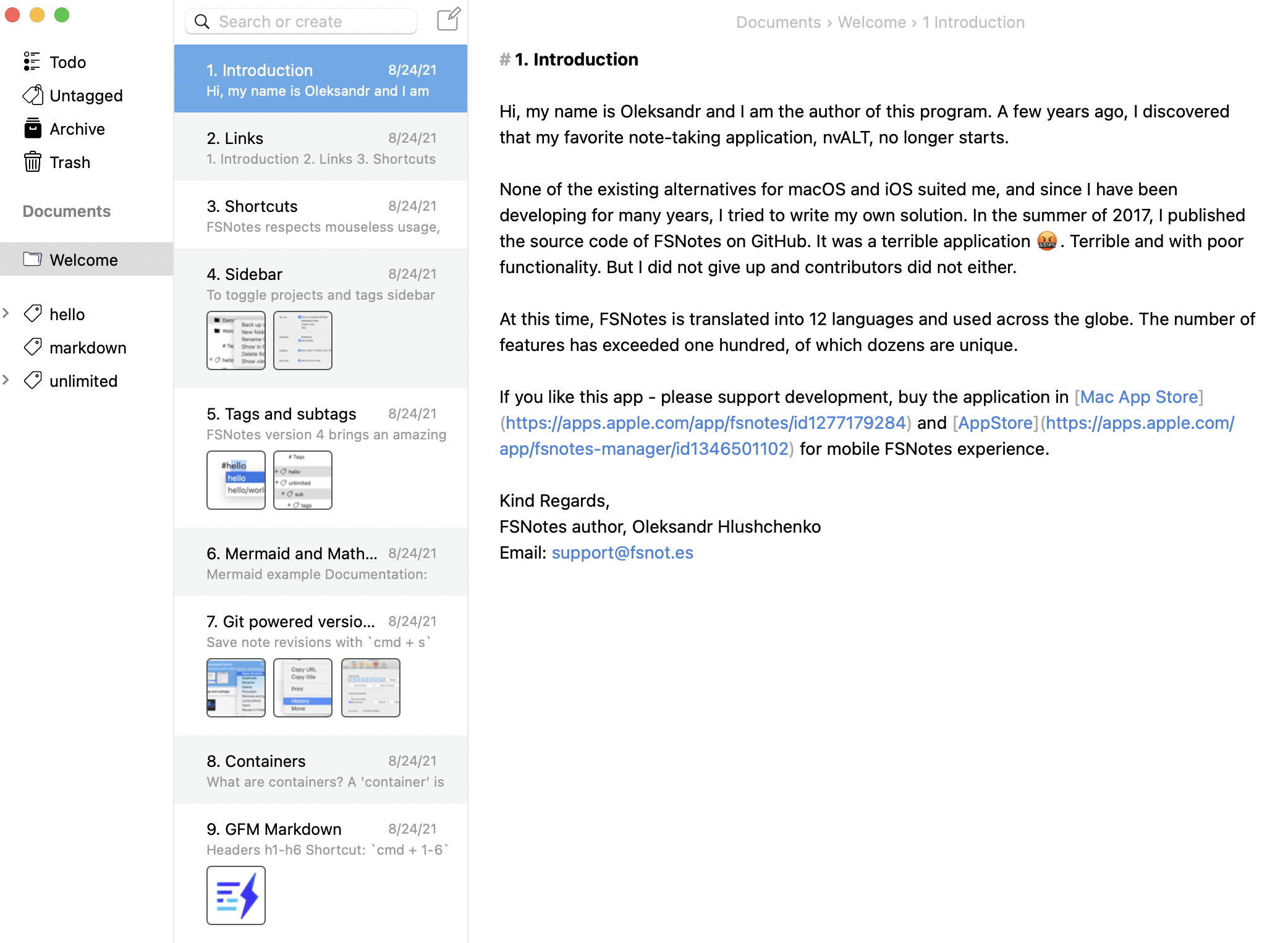
Just add the corresponding Raw cell, e.g: Of course, you can also use proper BibTeX as well. The items can be cited in other Markdown cells using the usual (KT, 2015) If you know that you will be converting your notebook to latex anyway, consider simply adding a "Raw" cell (Ctrl+M R) to the end of the document, containing the bibliography just as you would put it in pure LaTeX.įor example, when I need to reference a couple of external links, I would not even care to do a proper BibTeX thing and simply have a "Raw" cell at the end of the notebook like that: This may require some hand-editing to make an html page you can reference from your main document. If you want html output, you can use pandoc to assemble the references into a tidy citation page.

Create ipython.bib in the "standard" bibtex format.Insert the html citation as in the tutorial you mentioned.I was able to run it with the following approach: IPython: a System for Interactive Scientific Computing. This should result in the following added Markdown cell: References As a little working example, copy the following in a Markdown cell and press the "book" icon. Therefore, if you fail to cite an article, it won't appear in the References section. Warning: only the cited references are processed. Read the tutorial and watch the YouTube video for more details.

You can use the Document Tools of the Calico suite, which can be installed separately with: sudo ipython install-nbextension You can also include a yaml header in your first cell. This is a regular HTML command for a comment, so the syntax will in between these two cells will be evaluated but not printed. System("jupyter nbconvert -to markdown paper.ipynb")Ĭonversion. #first convert the ipython notebook paper.ipynb to markdown
#MARKDOWN REFERENCE CODE#
E.g., where the syntax works like this: I much prefer this syntax over other solutions because it is so fast to type the end of your ipython notebook, create a code cell with the following syntax to automatically convert your document (note that this is R code, use an equivalent command to system() for python): #automatic document conversion to markdown and then to word


Use markdown syntax for references in markdown cells in your jupyter notebook. Once you completed these steps, the rest is easy: Save to the same folder as your jupyter notebook (or specify the path to the. csl file (e.g., apa.csl) into the same folder as your jupyter notebook (or specify the path to the. In addition to a working installation of jupyter you need:Ī citation style language. While there is never a guarantee, this approach should therefore still work in many years time. The only requirements are LaTeX and pandoc, which are both widely supported. The references will be formatted after document conversion. It allows you to simply write in markdown cells. This solution is largely based on Sylvain Deville's excellent blog post.


 0 kommentar(er)
0 kommentar(er)
